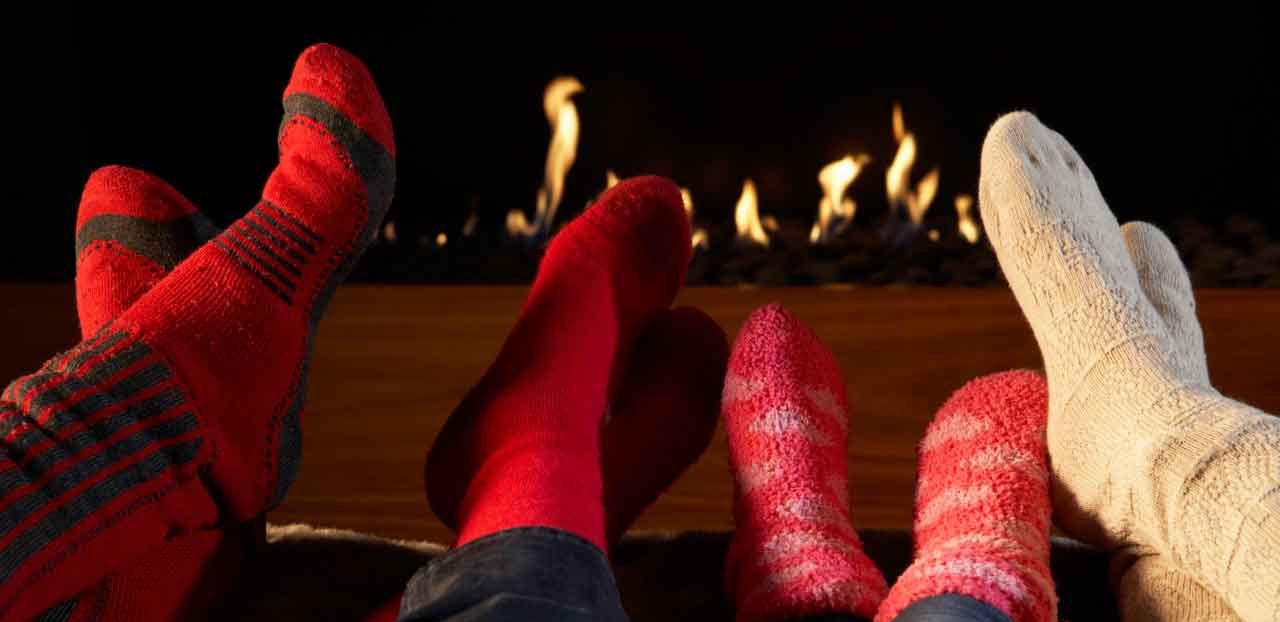Home Heating Tips

You don’t have to sacrifice warmth in your home, as long as you take a few precautions to safeguard your heater. Here are some heating tips for this winter.
Space heaters take the chill out of cold winter nights, but sometimes at a terrible cost. Space heaters cause more than 1,700 home fires a year.
About one third of all home fires, and more than 80 percent of all heating fire deaths, can be traced to a space heater. Most often, fires start when a heater is placed too close to clothing, bedding, upholstered furniture, curtains, or another combustible material. Fireplaces, wood-burning stoves, kerosene heaters, and other heat sources can also pose a fire risk if used incorrectly.
YOU MIGHT ALSO LIKE: 7 Winter Health Myths
Space heater safety
You don’t have to sacrifice warmth if you take a few precautions to safeguard your heater. First, choose the right product — ideally, one that has an Underwriter’s Laboratory mark, which means a nationally recognized laboratory has tested it and it meets current U.S. safety requirements. Look for a model with a tip-over safety switch, which will turn off the unit if it topples, and a sensor that shuts the heater down if it gets too hot. It should also have a guard around the heating unit.
Any gas-fired heating unit should come equipped with a sensor that detects when oxygen levels in the area drop too low and shuts itself off.
The heater you buy should fit the space you’re trying to warm. Putting a large heater into a small room will only waste energy. Buy a heater with a built-in thermostat so you can set the temperature to turn on only when you need it.
Put the heater on a flat surface, plugging it directly into the wall. Don’t use an extension cord. Position it as far away as possible from children, pets, and anything flammable.
Keep heaters and things that can burn at least three feet apart. Always turn off a portable space heater when you go to sleep or leave the room.
Wood stove and fireplace safety
If you’re using a wood burning stove or fireplace for heat, make sure it’s vented to the outside of your home. Burn only dry, seasoned wood, and start the fire with newspaper or kindling, never with kerosene or gas.
It’s also important to:
- Put a screen in front of the fireplace to prevent embers from flying out, and keep stove doors closed unless you’re loading it or stoking the fire.
- Give the ashes time to cool before you throw them out.
- Have your chimney inspected and cleaned at least once a year to reduce the risk of fire.
Fireplaces and stoves can give off carbon dioxide, an odorless but very deadly gas. Natural and propane gas heaters can also release CO2. Install a carbon monoxide detector outside your bedroom to check for high levels of this gas in your home. Also make sure you have a working smoke detector on every floor.
Energy-conserving tips
You’ll be less reliant on space heaters if your home heating unit can keep up with the weather. Have your furnace professionally checked at the start of the season to make sure it’s working properly.
A thick layer of insulation in your attic, walls, and throughout your home can prevent heat from escaping. Ask your energy company about scheduling a home energy inspection to search for any leaks and drafts (they’re normally free).
Seal leaky windows and doors with caulk, spray foam, or weather stripping before the temperature drops. Install storm windows and doors as an extra layer of protection against the cold.
You can also add a few ceiling fans to distribute warm air more evenly around your home.
Updated:
October 25, 2023
Reviewed By:
Janet O’Dell, RN